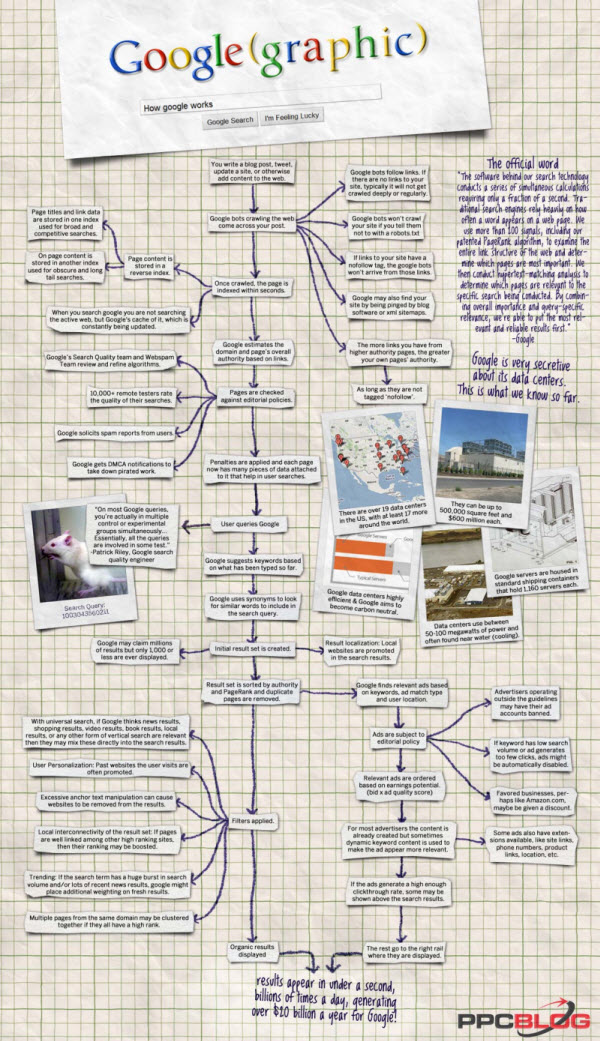A few months ago I came across an excellent article:
- Bowles-Terry, Melissa, Erin Davis, and Wendy Holliday. "'Writing Information Literacy' Revisited: Application of Theory to Practice in the Classroom." Reference & User Services Quarterly 49.3 (Spring 2010): 225-30. Print.
They argue that the information-literacy concept "has been undertheorized in its relationship to writing pedagogy" (225). Rhetoric and composition instructors who envision the Library's utility for them and their students as a single one-shot orientation (or even a single online tutorial) may be found lacking in their understanding of the full capabilities of information-literacy instruction in full collaboration with librarians (225).
Bowles-Terry and company call on librarians to explain and broadcast their contributions to the rhetoric and composition instructors. The authors build their arguments on personal experience as they have collaborated with writing instructors on the
Utah State University campus. Not only that, they have learned how valuable "creative learning activities" can be to foster real information-literacy skills that persist.
Student habits of copying and pasting from the "right" resources reflects behavioral theories more espoused in education from the 1950s and 1960s. "On the other hand, constructivist approaches emphasize that the prior knowledge of individual learners shape all information seeking, which is conceptualized as a recursive process, with an emphasis on strategies rather than mechanical procedures and rules" ( 226). This view sees the expert as a guide who is not so didactic but helps beginners practice skills that will help them find the information they need.
In their description of integrating information literacy into the freshmen and sophomore writing classes, they mention their ability to hire five writing instructors who became Information Literacy Fellows, their creation of IL learning goals (226), and their development of Problem-based learning (PBL) projects (227). When implementing newer pedagogy, such as this inquiry- or problem-based learning, they advise that some supports be given, what they call "scaffolds." These might include more access to librarians, class time to work in their groups, and tailored readings, not to mention additional input from the instructor regarding expectations for their research (228).
Permit me to quote extensively from the article, as they expound on the constructivist approach:
Students also need opportunities to reflect upon, write, and talk about their research throughout the process. This helps them to share information with others and practice that difficult task of summary and synthesis. They need to organize, evaluate, and synthesize information not just for their final project but also in classroom conversations and short written assignments throughout their research and writing process. These types of activities can help students assess their information sources on the basis of how specific discourse communities assign value to certain kinds of knowledge and how the information addresses the students' own rhetorical purpose. (228)
Admittedly, not all students accept or eagerly join this inquiry-based approach. Not surprisingly, they become "focused on creating a final product for a grade rather than on their understanding of the problem itself" (228). It seems that this highlights the value of this constructivist approach. Problem-based learning, when done correctly, can promote development of real critical thinking skills by getting the students to work together in teams assess, evaluate, synthesize, and so forth. The other model seems to center on finding a fixed number and type of sources that are thrown together in the right order to fill the specified number of pages (228).
A discussion of evaluation criteria fills a sizable portion of the second half of the article. Many acronyms have been created to facilitate student evaluation of sources, including the memorable
CRAAP Test. Bowles-Terry and company criticize these checklists, and others that can be found in many textbooks (writing, rhetoric, and composition ones, for example) elsewhere. They cite Marc Meola who has written about the checklist as a promoter of "a mechanical and algorithmic way of evaluation that is at odds with the higher-level judgment and intuition that we presumably cultivate as part of critical thinking. The checklist gives students the impression that evaluation is mechanistic, enabling them to spit out correct Web-site evaluations given the right input" (229).
Still, today there are many students, instructors, and librarians who continue to follow the traditional patterns, though the authors argue that these "traditional [...] ways" are "sometimes counterproductive" (229).
On a different note, it appears that this article lacks any reference to assessment or outcomes. One sentence encapsulates their assessment efforts: "We evaluated students' reactions to the PBL approach by observing their behavior in class" (227). In order to convince a larger population of librarians and writing instructors, perhaps a look into the literature on assessment of PBL as it relates to information literacy might be productive.
Personally, the list of four IL learning goals in the article, plus the brief, yet explicit, descriptions of the three instruction sessions connected to one of their PBL projects proved to be some of the most appreciated parts of the article, though the discussion of theory offered a quick and useful refresher. Read this well-written article and consider putting into practice what they have already set in motion.
Meola, Marc. "Chucking the Checklist: A Contextual Approach to Teaching Undergraduates Web-Site Evaluation."
portal: Libraries and the Academy 4.3 (2004): 331-44.




